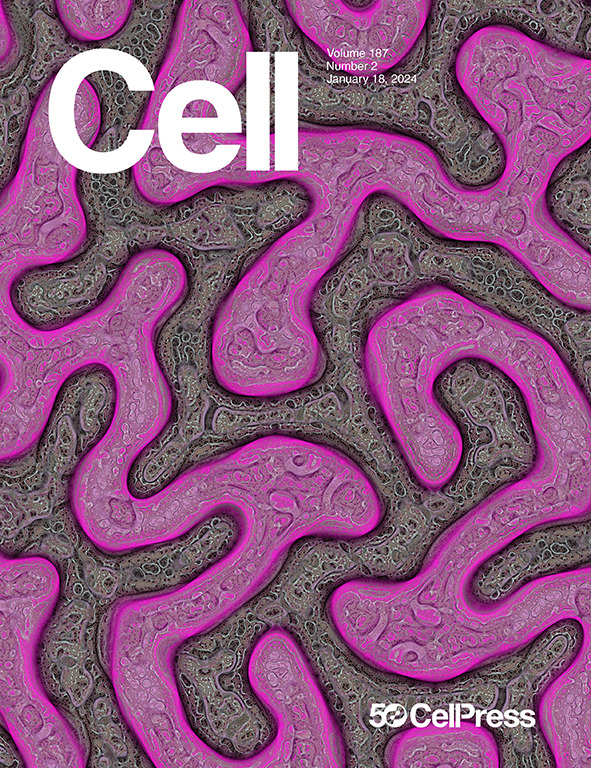A postnatal molecular switch drives activity-dependent maturation of parvalbumin interneurons
IF 45.5
1区 生物学
Q1 BIOCHEMISTRY & MOLECULAR BIOLOGY
引用次数: 0
Abstract
Cortical neurons are specified during embryonic development but often acquire their mature properties at relatively late stages of postnatal development. This delay in terminal differentiation is particularly prominent for fast-spiking parvalbumin-expressing (PV+) interneurons, which play critical roles in regulating the function of the cerebral cortex. We found that the maturation of PV+ interneurons is triggered by neuronal activity and mediated by the transcriptional cofactor peroxisome proliferator-activated receptor-gamma coactivator 1-alpha (PGC-1α). Developmental loss of PGC-1α prevents PV+ interneurons from acquiring unique structural, electrophysiological, synaptic, and metabolic features and disrupts their diversification into distinct subtypes. PGC-1α functions as a master regulator of the differentiation of PV+ interneurons by directly controlling gene expression through a transcriptional complex that includes ERRγ and Mef2c transcription factors. Our results uncover a molecular switch that translates neural activity into a specific transcriptional program, promoting the maturation of PV+ interneurons at the appropriate developmental stage.

出生后的分子开关驱动小白蛋白中间神经元的活动依赖性成熟
皮层神经元在胚胎发育期间被指定,但通常在出生后发育的相对较晚阶段获得其成熟特性。这种终末分化的延迟在快速尖峰小蛋白表达(PV+)中间神经元中尤为突出,它们在调节大脑皮层的功能中起着关键作用。我们发现PV+中间神经元的成熟是由神经元活性触发的,并由转录辅助因子过氧化物酶体增殖体激活受体- γ辅助激活因子1- α (PGC-1α)介导。PGC-1α的发育缺失阻止了PV+中间神经元获得独特的结构、电生理、突触和代谢特征,并破坏了它们向不同亚型的多样化。PGC-1α通过包括ERRγ和Mef2c转录因子在内的转录复合体直接控制基因表达,是PV+中间神经元分化的主要调控因子。我们的研究结果揭示了一个分子开关,将神经活动转化为特定的转录程序,促进PV+中间神经元在适当的发育阶段成熟。
本文章由计算机程序翻译,如有差异,请以英文原文为准。
求助全文
约1分钟内获得全文
求助全文
来源期刊

Cell
生物-生化与分子生物学
CiteScore
110.00
自引率
0.80%
发文量
396
审稿时长
2 months
期刊介绍:
Cells is an international, peer-reviewed, open access journal that focuses on cell biology, molecular biology, and biophysics. It is affiliated with several societies, including the Spanish Society for Biochemistry and Molecular Biology (SEBBM), Nordic Autophagy Society (NAS), Spanish Society of Hematology and Hemotherapy (SEHH), and Society for Regenerative Medicine (Russian Federation) (RPO).
The journal publishes research findings of significant importance in various areas of experimental biology, such as cell biology, molecular biology, neuroscience, immunology, virology, microbiology, cancer, human genetics, systems biology, signaling, and disease mechanisms and therapeutics. The primary criterion for considering papers is whether the results contribute to significant conceptual advances or raise thought-provoking questions and hypotheses related to interesting and important biological inquiries.
In addition to primary research articles presented in four formats, Cells also features review and opinion articles in its "leading edge" section, discussing recent research advancements and topics of interest to its wide readership.
 求助内容:
求助内容: 应助结果提醒方式:
应助结果提醒方式:


